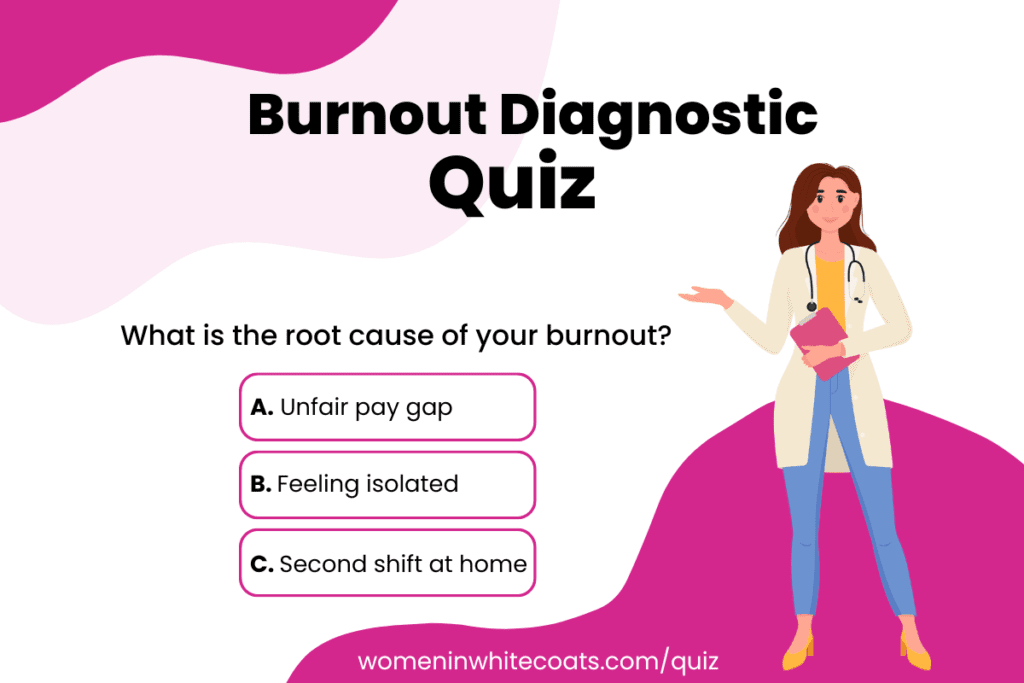Starting your own medical practice can seem like a daunting task. It can be scary to think of all the responsibilities and your financial livelihood falling on your shoulders. These are very valid and real concerns.
But if you have the desire and vision, it is absolutely possible. Take it from me, I’ve done and you can too. Here’s how.

1. Align Your Target Population
Start with your desire and your vision. Why do you want to open your own practice? When you get deep down into the process and after opening your doors, it is your why that will continue to drive you. As you look at your why, these are the things that become a part of your plan for your practice.
Your why may be like mine, I wanted to practice medicine without restrictions and time-consuming useless requirements of insurance companies. Therefore, my why led me to the type of practice I wanted to have. I decided to do a cash-based practice.
I then narrowed down the type of patients I wanted to care for. Did I want high-end concierge type patients? I came from a FQHC, so I had to decide if I wanted to continue with underserved patients. Did I want adults? Did I want to care for kids, and if so, what age range?
Initially, I listed what I thought would make a successful practice – seeing anyone who will come! But I had to be honest with myself, I wanted to see adults mostly and yes, bringing their children with them could be an attractive aspect, but I did not want to do newborn care and plan for immunizations. Thus, I decided that I would see people ages 2 years and older. I further decided that I would cap my enrollment at a certain number of kids, and I would plan for marketing to focus on adults.

2. Align Your Practice Model
Once I decided on this, I had to determine the practice model. I then looked at where I wanted the practice to be located. After 10 years of a 50-mile one-way commute, I knew I wanted to be close to home, within 15 minutes ideally, but no more than 30 minutes. I then began looking at the demographics of the area.
I Googled the population, median income, and expected growth. Anytime I drove somewhere, I looked for where new businesses were opening and where the existing medical practices were located. I reached out to a friend who was a real estate agent to give me listings of what spaces were available.
This then led to the decision of having a constructed space versus building out a space. This decision should be partly determined by where you want to be located. For me, pre-existing spaces were few and far between unless I wanted to travel further than the 15 minutes I desired.
Once I decided that proximity was more important to me, I had to get a commercial real estate agent who handles build-out spaces. Be sure that you use someone reliable with good recommendations from someone who has used them.

You and your agent will be working very closely throughout the whole process, and you want to use someone that is available, knows the market, and looks at you as a person and not just a transaction. This person will help you complete the leasing agreement and should be a resource for the build-out process.
Ask them if they support you after the lease is signed. If they say no, find another agent. The build-out process is extensive, and having an agent that can give you insight about contractors is very beneficial.
Do not be alarmed. You can get through the process but it does take time, so plan ahead at least a year in advance if you are wanting a brick-and-mortar practice.
If you want to do telemedicine or home visits, you can save a lot of planning time. If you want a mobile practice, then that time becomes preparing your vehicle for what you need to practice.
3. Align Your Practice Name and Business Structure
So, what is this fantastic practice going to be called? The name should encompass your why and what the mission of your practice is. Google to see if any other practices have names similar to your ideas.

Once you have your name, then incorporate. Options include Limited Liability Corporation (LLC), Professional Limited Liability Corporation (PLLC), and Incorporated (INC). LLC versus PLLC can vary pending on your state.
Having a business attorney can assist you with determining the right option for your practice. Your business attorney can also help you file the paperwork appropriately.
If you have a partner or a group that you are working with, you definitely will want a business attorney to assist with this process. This will be critical for the Articles of Incorporation for the business which specifies how the business will be run and what happens to the business if someone wanted to change or sell their stake, how much each person’s stake is, and what happens in the event of death.
4. Align Your Medical Practice Financing
Once you have the name and incorporation completed, open a bank account, and get a business credit card. If you will take out loans or lines of credit to open the practice, you will need these.
The longer these have been established, the stronger your business credit history will be. Banks do not just look at your personal credit history. They also look at your business credit history.
If you are just incorporating your business, this can make obtaining loans from major banks difficult. You should appropriate smaller local banks if this is the case. Major banks will look at you once you have money in the bank and proven sustainability with the length of time operating.
This is the case for Small Business Association (SBA) loans as well. I assumed it would be straightforward to get at least an SBA loan since I had great personal credit, had money in savings I would use, and my husband had W2 income.
Unfortunately, the business credit history is still essential. I know! I know! I thought the same thing! How do you create the business to get the business longevity without financial support to start the business in the first place?!
Work with your community bank.

They not only can help, but they can be a big influence of support in the community on your behalf as well. You may also consider using a shared space or doing telemedicine for a short term and build up your practice before launching your own space.
5. Align Your Overhead and Supplies
As you get a clearer vision on your type of practice and vision, list out the supplies you will need to practice. Prioritize the list for what you must have to practice at a minimum.
While you may want to start out having everything that you had at your previous practice or residency clinic, think about what you most likely will be doing to start and plan for that. You can always order more items as they are needed with the growing practice. Use your dollars wisely at the appropriate time.
I did not buy an EKG machine when I first opened. Now, if you’re a cardiologist, you probably need that. But if you’re family medicine, you might wait unless you know you have a lot of cardiac patients that will need them.
I still haven’t purchased the rolling vitals machine. They are very expensive! I do quite well with my manual blood pressure cuff, oximeter, and forehead thermometer. No patient has left the practice because I do not have the vitals machine but my cost for supplies was significantly lower without it!
Determining supplies and overhead costs can be difficult to do. If you don’t already have a colleague who can give some mentoring tips, find one.

A mentor can save you a lot of time, money, and unnecessary worry.
Having someone to which to relate is also therapeutic. You can become overwhelmed during the process and question if you should stop. Having a mentor to give you words of wisdom and be an example of what starting your own practice can look like can help you refocus, rediscover your why, and reassure your worries.
Align Your Medical Practice With Your Why
Aligning your target population, practice model, location, practice name, business structure, financing, overhead and supplies cost with your why can help you to focus on the most important elements needed in opening your own medical practice. Having a mentor to support you and help you avoid unnecessary costs and steps is also essential.
As you align these elements, you have created the template for your business plan. You are now on your way to bringing your why and vision into reality!
Crystal A. Maxwell MD, MBA, FAAFP, is a board-certified family medicine physician with over ten years of experience. She is the Founder & CEO of LIGHT Family Wellness. She is also a wellness coach, author, speaker, wife, and mom. Her website is www.lightfamilywellness.com, and she can be followed on Instagram and Facebook @lightfamilywellness.
If you are ready for a change and need more confidence and balance back in your life, join our free training where we cover 3 steps to help you kick overwhelm and exhaustion to the curb and live that confident and balanced life you seek. Click here to enroll in our free training.



